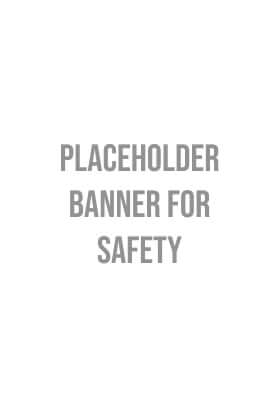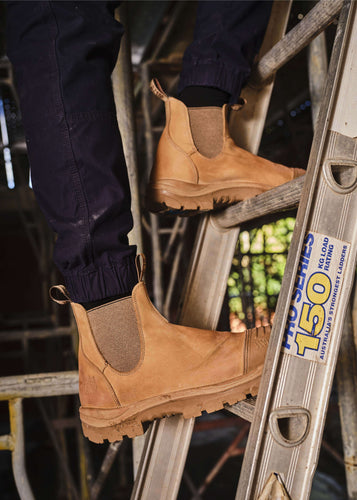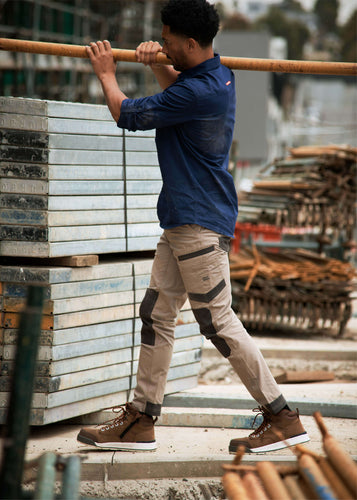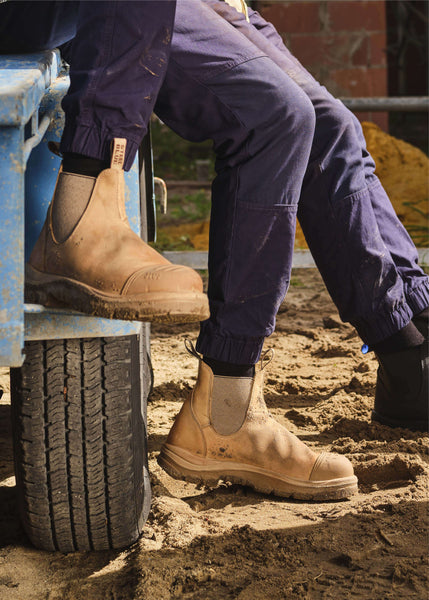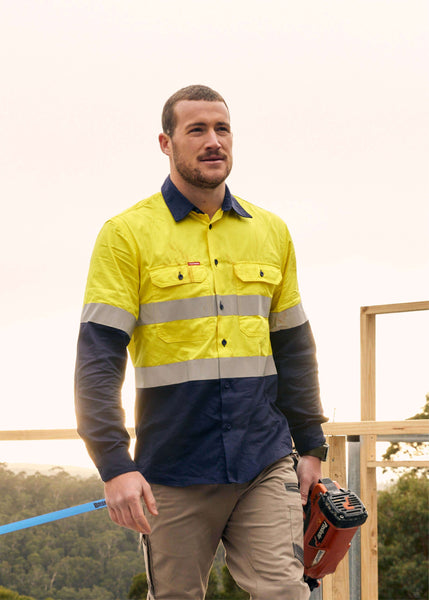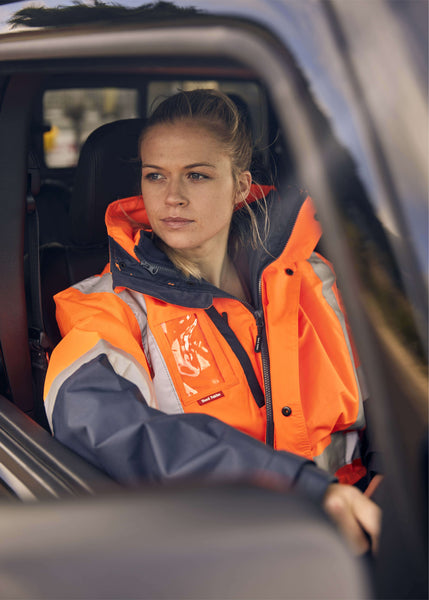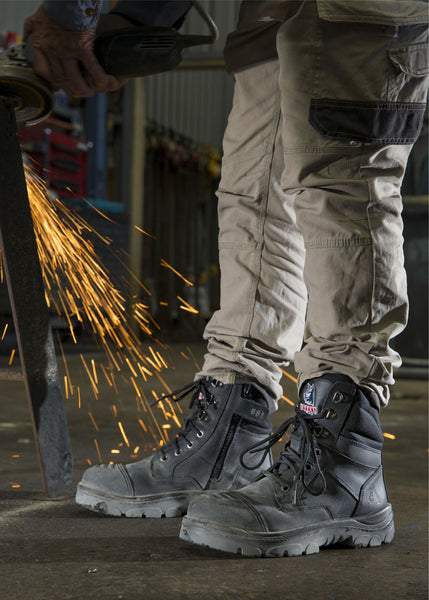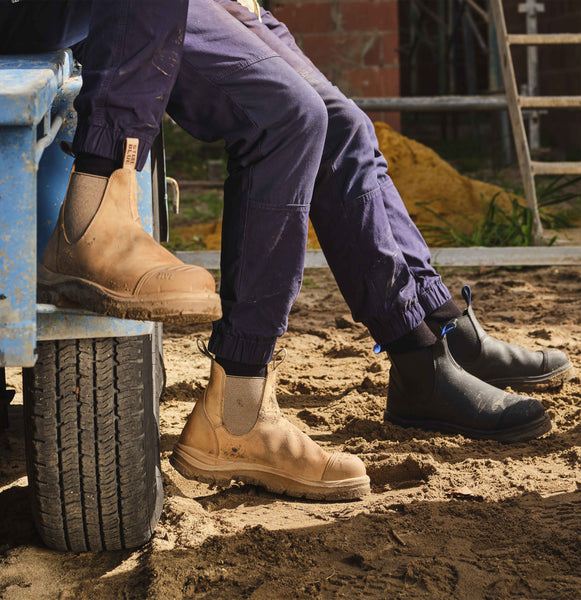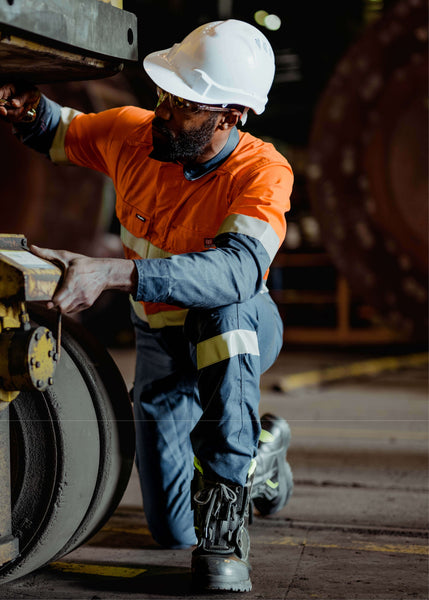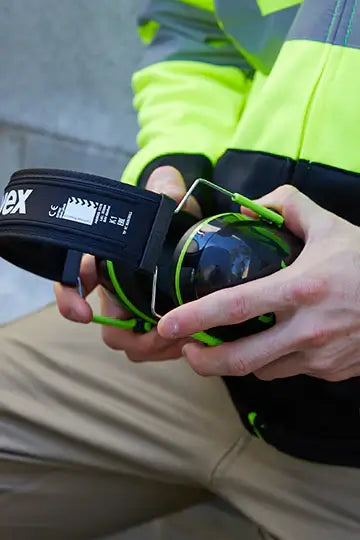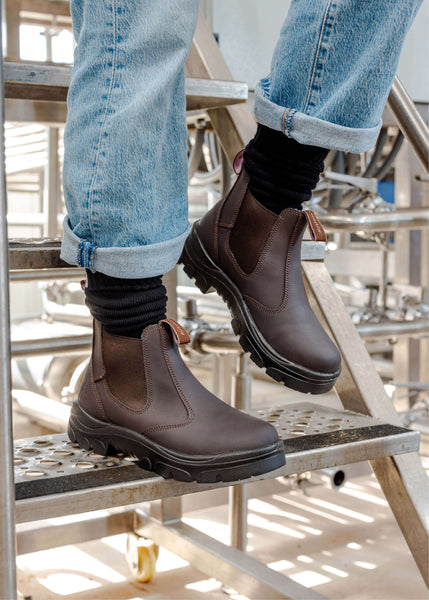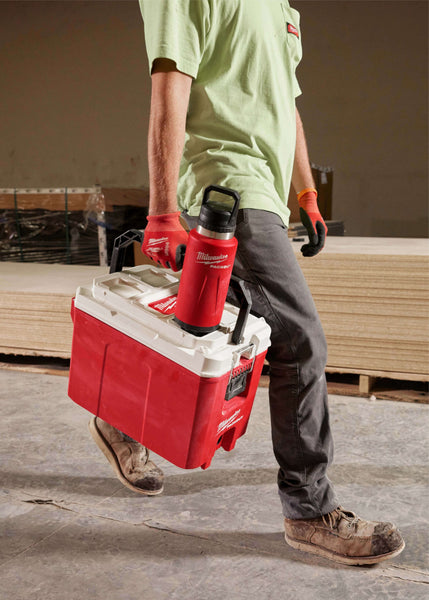What should be in a first aid kit for work?
Keeping your crew safe is a big deal in every workplace.
While you never know when an accident or medical emergency could happen, ensuring you’re set up with the necessary first aid gear that means you can respond quickly and appropriately in an emergency may not only reduce the severity of a workplace injury or illness, it could be the difference between life and death.
No matter where you work or the type of work you do, if you run or manage any type of business, providing workers with easy access to properly stocked first aid kits isn’t just important, it’s your responsibility - but what should you include in a first aid kit for work?
In this article, we’ll fill you in on all the basic gear that should be included in first aid kits, along with some other key factors you need to consider when setting up first aid kits for your workplace.
Workplace first aid kit essentials
Workplace injuries such as cuts, scratches, punctures, grazes and splinters, muscular sprains and strains, minor burns, bleeding wounds, broken bones, eye injuries and shock can occur at a moment’s notice. While it’s impossible to be prepared for every type of emergency, having a well-stocked first aid kit will make sure your team can access all the basic equipment they need to respond to most common injuries and illnesses.
While different workplaces can each present a unique set of risks that may call for more specific first aid equipment (which we’ll discuss in a little more detail further on in this article), some essential items should always be included in workplace first aid kits.
Safe Work Australia in the model Code of Practice: First aid in the workplace recommends that most workplaces include the following items in first aid kits:
|
Item |
Quantity |
|
Instructions for providing first aid—including cardiopulmonary resuscitation (CPR) flow chart |
1 |
|
Note book and pen |
1 |
|
Resuscitation face mask or face shield |
1 |
|
Disposable nitrile examination gloves (nitrile is a latex-free rubber suitable for people with latex allergies) |
5 pairs |
|
Gauze pieces 7.5 x 7.5 cm, sterile 3 per pack |
5 packs |
|
Saline, 15 ml |
8 |
|
Wound cleaning wipe, single 1% Cetrimide BP |
10 |
|
Adhesive dressing strips—plastic or fabric, packet of 50 |
1 |
|
Splinter probes, single use, disposable |
10 |
|
Tweezers/forceps |
1 |
|
Antiseptic liquid/spray 50 ml |
1 |
|
Non-adherent wound dressing/pad 5 x 5 cm (small) |
6 |
|
Non-adherent wound dressing/pad 7.5 x 10 cm (medium) |
3 |
|
Non-adherent wound dressing/pad 10 x 10 cm (large) |
1 |
|
Conforming cotton bandage, 5 cm width |
3 |
|
Conforming cotton bandage, 7.5 cm width |
3 |
|
Crepe bandage, 10 cm, for serious bleeding and pressure application |
1 |
|
Scissors |
1 |
|
Non-stretch, hypoallergenic adhesive tape—2.5 cm wide roll |
1 |
|
Safety pins, packet of 6 |
1 |
|
BPC wound dressings No. 14, medium |
1 |
|
BPC wound dressings No. 15, large |
1 |
|
Dressing—Combine Pad 9 x 20 cm |
1 |
|
Plastic bags—clip seal |
1 |
|
Triangular bandage, calico or cotton minimum width 90 cm |
2 |
|
Emergency rescue blanket for shock or hypothermia |
1 |
|
Eye pad, single use |
4 |
|
Access to 20 minutes of clean running water or, if this is not available, hydrogel 3.5 gm sachets |
5 sachets |
|
Instant ice pack for treatment of soft tissue injuries and some stings |
1 |
Source: Safe Work Australia, First aid in the workplace: Code of Practice, July 2019
Understanding the risks in your workplace
As we mentioned earlier, no two workplaces are the same. Each workplace can expose workers, contractors and visitors to a unique range of risks, with certain types of workplaces presenting a higher likelihood of injury or illness. For example, a worker who’s operating industrial equipment in a factory is more likely to sustain an injury at work compared to someone working in an office environment.
When setting up first aid kits for your workplace, it’s important to first consider the individual workplace and identify the level and type of risks that individuals may be exposed to. This can be done by completing a workplace first aid risk assessment.
Completing a first aid risk assessment will help you to identify the various hazards in the workplace and assess the type, severity and likelihood of an injury or illness occurring. If you’re unsure how to do this, you can find an example of a first aid assessment in the model Code of Practice: First aid in the workplace produced by Safe Work Australia.
A first aid risk assessment will consider factors such as the type of work being carried out, the nature of the hazards that are present, the size of the workforce and its location and proximity to hospitals and other medical facilities, and will help you to identify if you may need any specific first aid equipment in addition to the basic essentials.
The following table provides some examples of additional equipment you might need access to in a first aid kit depending on the specific hazards that may be present in a workplace.
|
Type of hazard |
Examples of required additional first aid equipment |
|
Manual tasks which could cause strains and sprains |
|
|
Outdoor work |
|
|
Exposure to extreme temperatures which could cause burns |
|
|
Exposure to live electrical wires |
|
|
Exposure to hazardous chemicals |
|
|
Workplace located in a remote location |
|
Need to set your workplace up with first aid kits?
Get on the front foot and ensure your workplace is equipped with the right first aid kits to respond in an emergency.
At LOD, we’ve made it easy with our extensive range of ready-to-go workplace first aid kits which are packed with all the essentials you need to keep workers, contractors and visitors safe in your workplace.
Also offering a range of hazard-specific first aid kits including vehicle first aid kits for workers on the road, compact personal first aid kits, snake and spider kits, burn kits, eye care kits, recreation-specific kits and portable defibrillators, we’ve got you covered no matter what hazards you’re dealing with.




